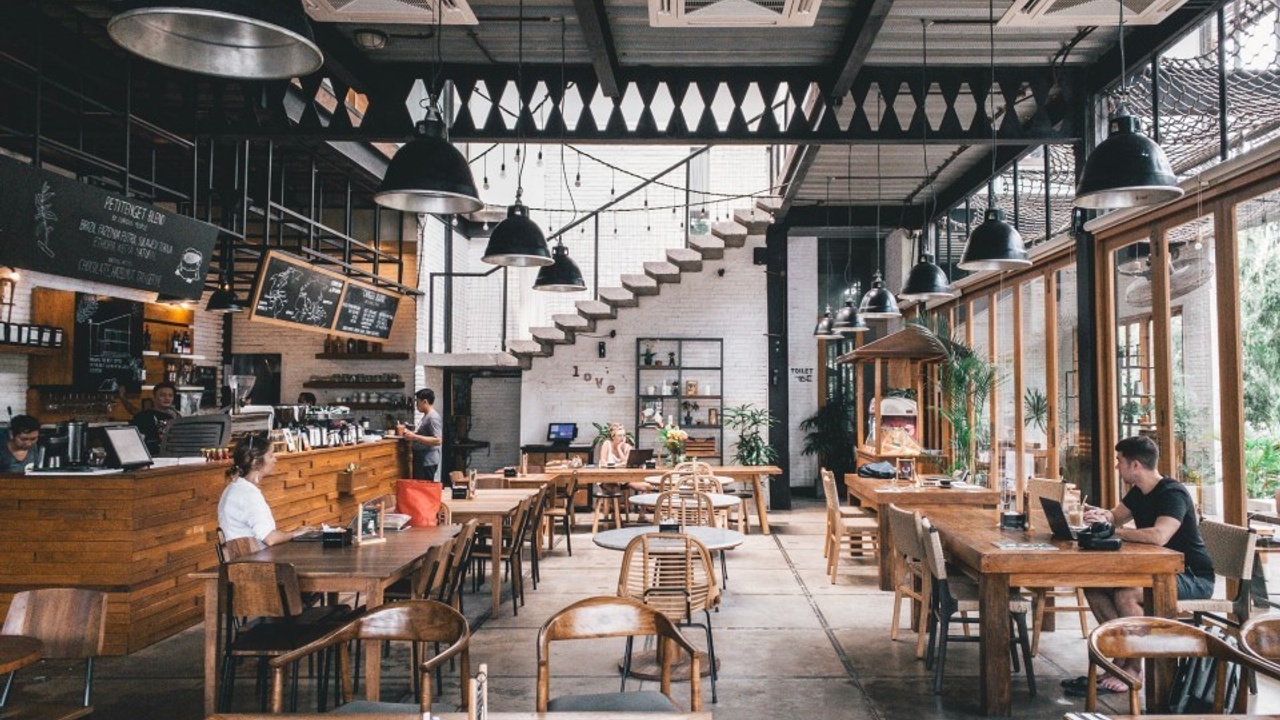Third Places
Sep 14, 2020
Stonemill Bakery is my Cheers, the place where everybody knows my name. I’ve been going there nearly 20 years, and I’m pretty sure we’ve both contributed to the physical growth of the other.
And I think we all need a Stonemill. Or a Cheers.
Third Places
Twenty years ago, Robert Putnam released his classic book, Bowling Alone, about the disintegration of social structures in American culture (church, PTA, etc.).
We’re so individualistic, even our social activities like bowling, turn into individual events.
And this was before the takeover of the smartphone, which, for all its promise of connection has, in many ways, isolated us more than ever.
Contrast this with what Ray Oldenburg identified in The Great Good Place. Oldenburg identifies the place of connection in society: the “third place.” Your first place is your home; your second place is your work. Your third places are your regular haunts.
Think of your neighborhood coffee shop or bar. The church, the farmer’s market, the park, the hair salon. Or the comic store.
Oldenburg identifies eight qualities of a third place:
- Neutral ground
- Leveler
- Conversation is the main activity
- Accessibility and accommodation
- The regulars
- A low profile
- The mood is playful
- A home away from home
He also mentions “bonuses,” such as food or drink, within walking distance, and a place where you have both old and new friends.
You get the idea. Who doesn’t want a place like this?
A Model Place
A few years back, I led a conversation at the TOMS Shoes flagship store in Venice, California, on the topic of third place. The conversation was in conjunction with the Q Conference, and Gabe Lyons and his team chose the location on purpose because the TOMS store is a model of a third place.
The website Afar describes the store as “less of a shop and more of a grownup Little Rascals clubhouse, complete with a patio, backyard and coffee bar.”
Look at the flagship store blog here.
They host game nights and movie nights, promote corporate giving and donate books at toddler time. They collaborate with other organizations and encourage patrons to collaborate with each other. They’re defining themselves as a third place—a place where community happens.
It feels fresh, but this concept is an old one. Check out Steven Johnson’s TED talk on “Where good ideas come from”. Ideas don’t come out of individual minds; they come out of social environments and from places like the old English pubs.
That’s a picture of third place. Community interaction that looks outward as well as inward.
So What?
So why do you need a third place?
Let me go back to Stonemill Bakery. Stonemill becomes a place where community life happens. I have opportunities to love my neighbor there and to collaborate on ideas where the whole is greater than the sum of the parts. Lives have been changed through conversations there, businesses have been launched. And breakfast sandwiches have been eaten.
Thinking of starting a third place yourself? Here are my three tips:
- Remember that interior ambiance is as significant as geographic location: The right spot in town isn’t magic. You’ve got to consider where people will sit, music in the background, creative elements (whiteboard walls, checkerboards, etc.).
- Find a diverse tribe: You need the regulars, but you don’t want to be pigeonholed as “the place where the artists hang out” or “the Christian place.”
- Make it cash flow: It takes a while to build up a reputation as a third place in a community, so you’ve got to have the finances to last long enough to weather that initial time. You can’t be a coffee shop where everybody hangs out but nobody buys coffee.
If you own a building, consider converting some of it into a third place. If you lead a company, push people to utilize third places. If you believe in your neighborhood, become vocal about birthing a third place. If your community already has a third place, lean in with your support and resources.
Our world lives and breathes collaboration. I could cite a hundred examples of it. The idea seeds that are growing into strong fruit-bearing trees come from great collaboration.
Third places are simply good soil for these seeds. And good soil makes more difference than you might think.
Want to receive Steve's articles in your inbox?
Subscribe here.
We will never sell your information, for any reason.

